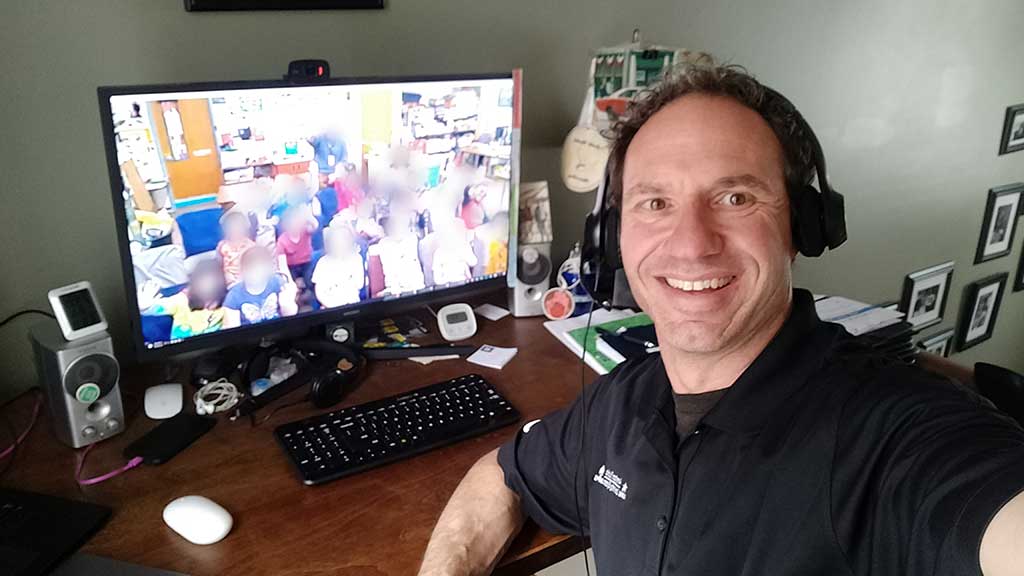I’ve often written about the impact of technology and the Internet on content generation on a global basis. In my role as president of APUS, we have graduated nearly 100,000 students during our 27 years of educating students at a distance, and more than 80,000 are currently enrolled in online degrees ranging from associate to doctoral. Yet as a university, we are called to contribute to the common good, and many of our faculty and staff engage in projects outside of APUS as part of their contribution. Dr. Jennifer Cramer, our program director of sociology, anthropology, and general studies, and Dr. Danny Welsch, Associate Dean for the School of STEM, have been participating in the “Skype a Scientist” program and provided a description of their participation in case others who read this may be motivated to volunteer as well.
Scientists often engage in community service through providing educational programs at local schools, community centers, and other public events. Through the “Skype a Scientist” program, some university faculty have brought their expertise and passion for science to K-12 classrooms across the country.
Jennifer says, “With this program, I have virtually visited classrooms in seven states. I share information about my research on monkeys and answer student questions about wildlife, travel, and science career paths.
The teachers and I do a bit of advance planning, discussing some of the interests of the class to see if there’s a connection we can make between my research and the concepts the students learn through classwork or field trips. I also share photos and information about my research in Africa, helping students learn more about monkeys and other wildlife.”
She adds, “Often, I’ve found that students really connect with this information. They have questions about how they can help conserve endangered species or how they can be more environmentally conscious in their own neighborhoods. It’s been a humbling experience to be around children who are about 10 years old or younger, asking really thoughtful, forward-thinking questions about how they can take care of our world.
“What’s been surprising as well is that children in even the youngest classes – middle and elementary schools – are really interested in how I became a scientist. They seem especially inspired to learn that my parents and grandparents are not scientists.
“Choosing this career path was a new direction – one unique to me – because my family and teachers helped me pursue subjects and experiences that I really loved and was interested in. It’s been important to some of the students to learn more about me being a mom and scientist, especially since my daughters are young like them.
“Growing up, I was fortunate to have several female teachers in math and science courses, and found a lot of support for pursuing a science career when I was a college student. As a mother, I’ve become more familiar with the shortage of science teachers, and the lack of accessible scientists and career role models for children and teens. Participating in ‘Skype a Scientist’ has been important to me to help bridge that gap, helping expose children and teens to career options and parts of the world they might not have yet learned about or exploring themselves.”
Dr. Danny Welsch, environmental scientist, has visited classrooms in four states and works with students from 2nd to 9th grade. He says, “I talk about my research in Montana, West Virginia, and Oregon, sharing stories about working in remote field situations. Also, I show interesting samples from my rock and fossil collection and talk to students about my journey from wanting to be a chef early on to becoming a scientist in college.”
Danny has found that students are very interested in the fact that he didn’t always want to be a scientist, and that scientists don’t have to be really smart to be successful. They just have to be willing to work hard and think creatively.











